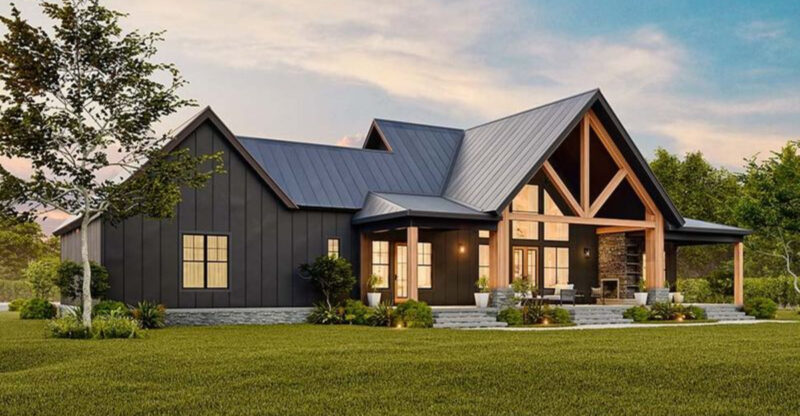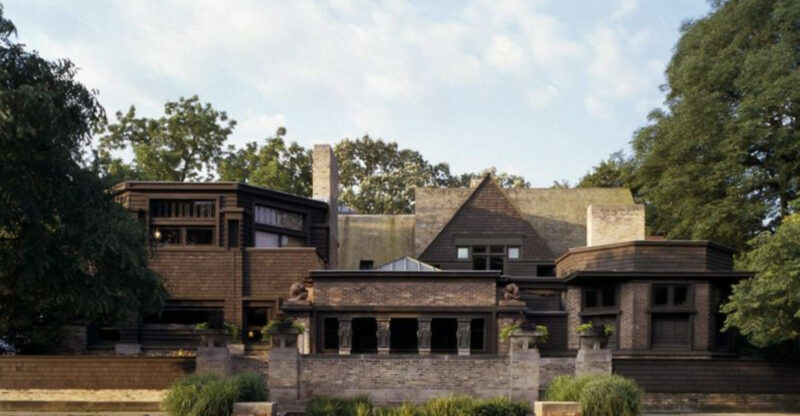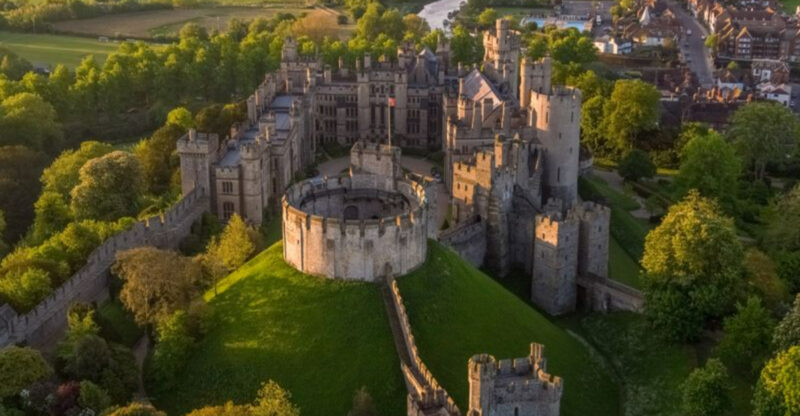8 California Home Types Expected To Plummet In Value By The End Of 2025 And 8 Set To Rise

California’s real estate market is always changing, and 2025 is shaping up to be a big year for shifts in home values. Some property types are losing their appeal while others are becoming more desirable than ever.
Understanding these trends can help you make smarter decisions whether you’re buying, selling, or just keeping an eye on your investment.
Luxury Coastal Mansions
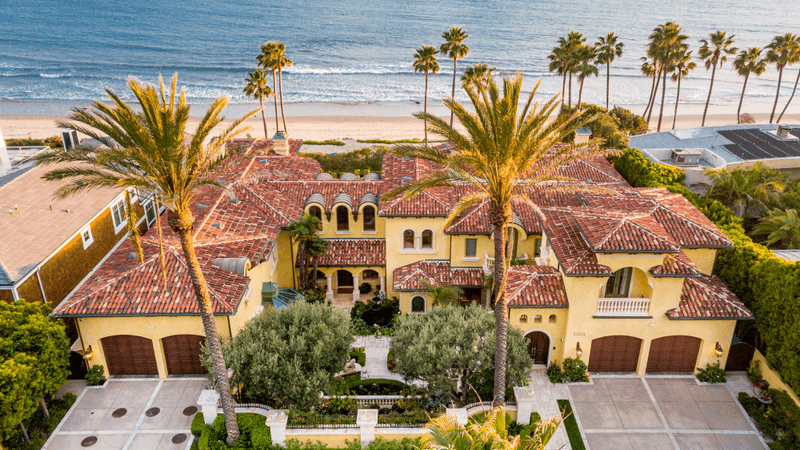
Climate risks are making waterfront properties less attractive to buyers and insurers alike. Rising sea levels and erosion concerns have insurance companies pulling coverage or hiking premiums to unaffordable levels.
Wealthy buyers are now looking inland for safer investments. The days of carefree beachfront living are fading as reality sets in about long-term risks.
Suburban McMansions
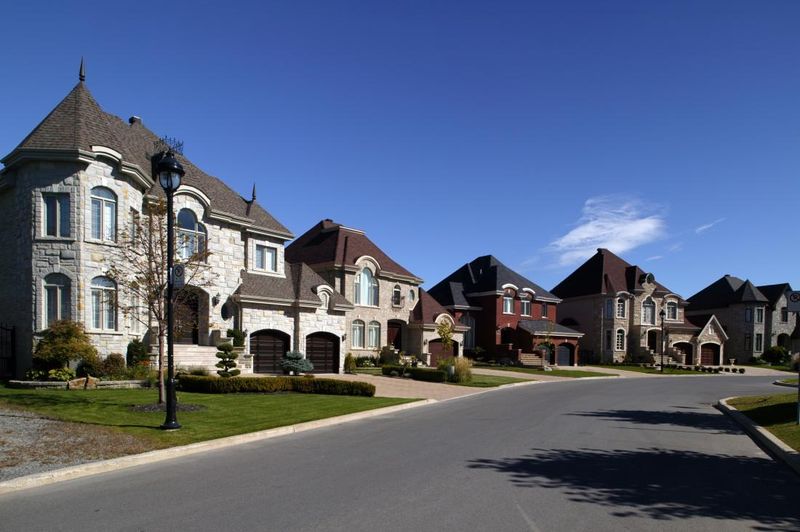
Energy costs are crushing owners of these oversized homes. Heating and cooling thousands of square feet isn’t just expensive – it’s becoming socially frowned upon as environmental awareness grows.
Younger buyers want efficient, practical spaces instead of sprawling layouts they don’t need. Maintenance costs alone can drain your wallet faster than you’d imagine.
Fire-Prone Mountain Retreats
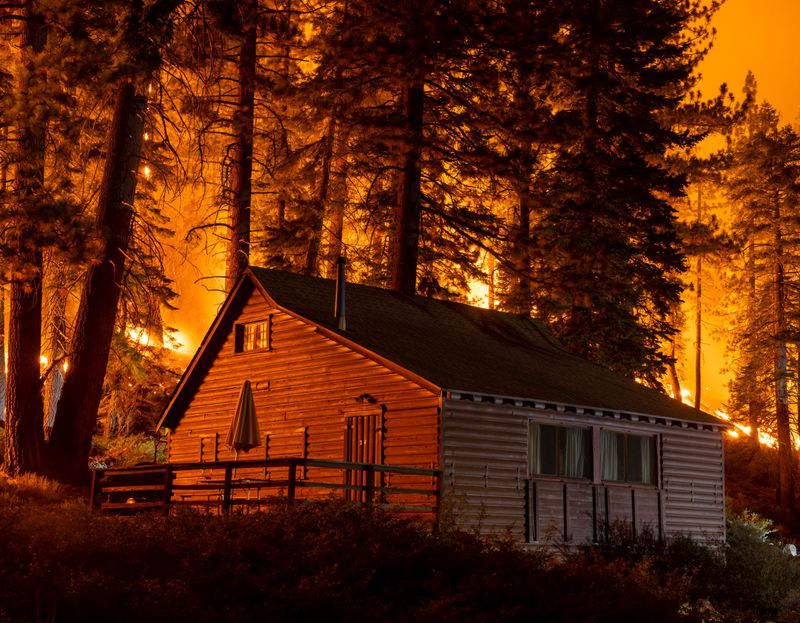
Wildfire seasons are getting longer and more destructive every year. Insurance companies are abandoning these properties entirely, leaving homeowners scrambling for state-backed plans that cost a fortune.
Evacuation orders and smoke-filled summers make mountain living stressful rather than peaceful. What once felt like paradise now feels like playing roulette with nature.
Aging Condos in Earthquake Zones

Seismic retrofitting requirements are hitting older buildings hard. Special assessments can run tens of thousands per unit, shocking owners who weren’t prepared for the financial blow.
Buyers are avoiding properties with deferred maintenance and unclear structural safety records. Nobody wants to inherit someone else’s earthquake problem when newer, safer options exist nearby.
Single-Family Homes Far from Transit
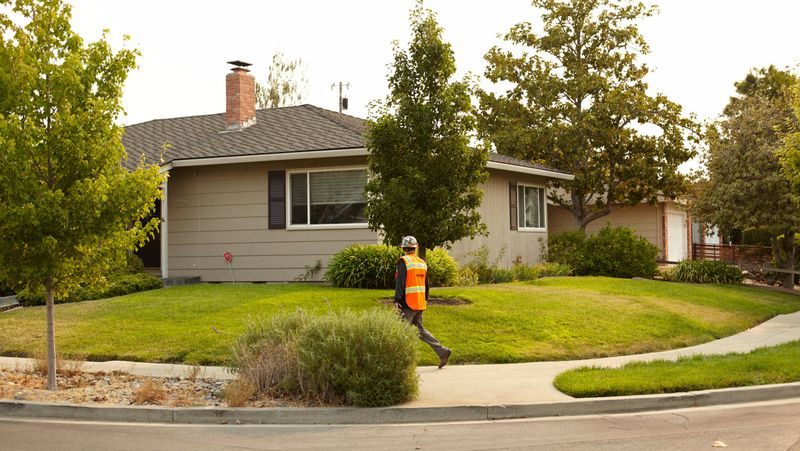
Commuting costs and time are becoming deal-breakers for modern buyers. Gas prices fluctuate wildly, and sitting in traffic for hours daily drains both money and happiness.
Remote work isn’t as permanent as people thought, forcing many back to offices. Homes without transit access are losing appeal fast as convenience becomes the new luxury everyone craves.
High-End Golf Course Properties
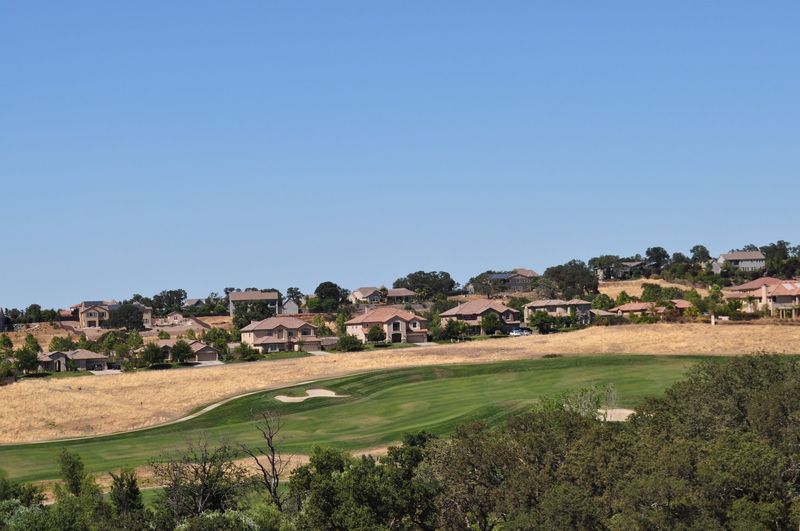
Water restrictions are threatening golf courses across the state. Maintaining those perfect green fairways requires massive amounts of water that California simply doesn’t have to spare anymore.
Course closures are becoming common, leaving homeowners with views of brown fields instead of lush landscapes. Your premium location suddenly feels a lot less premium when the main attraction disappears.
Vacation Rentals in Saturated Markets

Oversupply has killed profit margins in once-hot rental markets. Competition is fierce, and new regulations are making it harder to operate these properties legally and profitably.
Neighbors are fed up with constant turnover and noise complaints, pushing cities to crack down. What seemed like passive income is now active headache with declining returns on your investment.
Older Homes with Outdated Systems
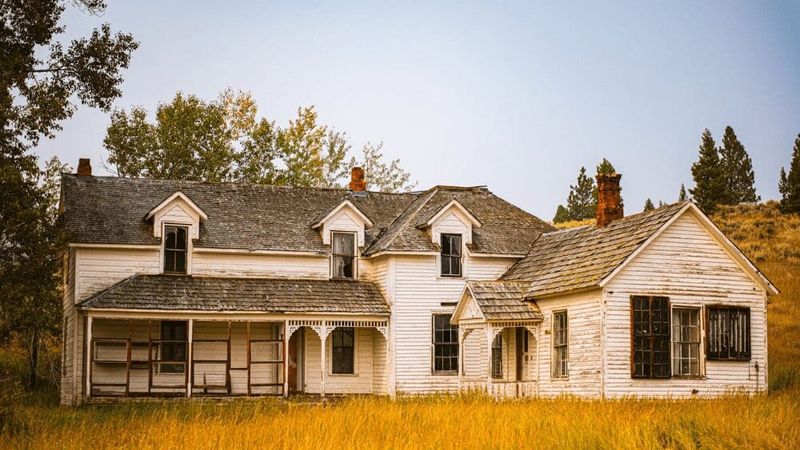
New energy efficiency standards are making these homes expensive to own and operate. Buyers calculate renovation costs before making offers, and those numbers are scaring people away from fixer-uppers.
Upgrading electrical, plumbing, and HVAC systems all at once can cost more than some people’s down payments. Sellers are discovering that charm alone won’t cover up decades of deferred upgrades.
Compact Urban Condos Near Transit
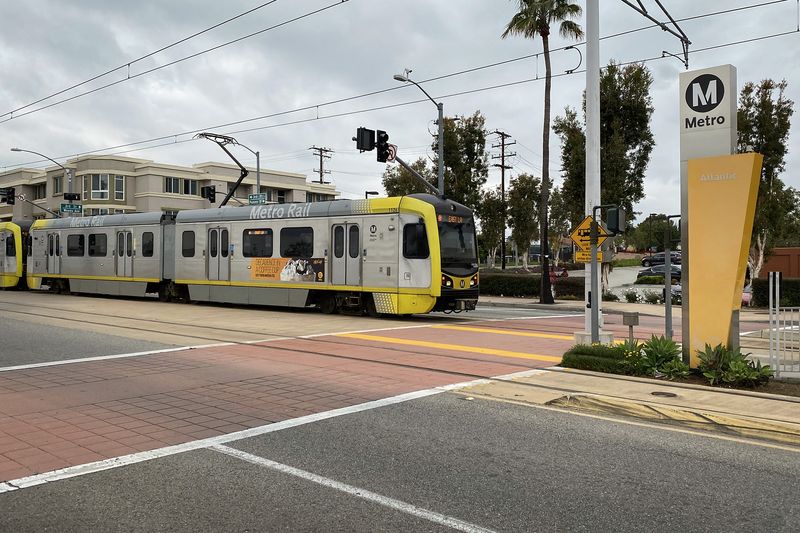
Walkability is the hottest trend among buyers right now. Being able to ditch your car for daily errands saves money and reduces stress in ways people are finally appreciating.
Transit-oriented developments are popping up everywhere, and buyers are competing fiercely for units. Living near metro stations means freedom, convenience, and lower monthly expenses all rolled into one smart package.
Energy-Efficient New Builds
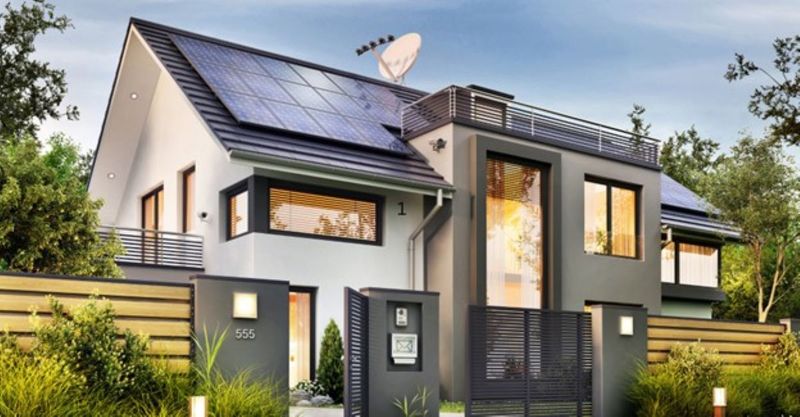
Solar panels and smart home systems are no longer extras – they’re expected features. Buyers want homes that practically pay for themselves through reduced utility bills and tax incentives.
Builders incorporating green technology from the start are seeing bidding wars on their properties. Efficiency isn’t just good for the planet; it’s becoming the smartest financial move you can make.
Mid-Sized Homes in Walkable Neighborhoods
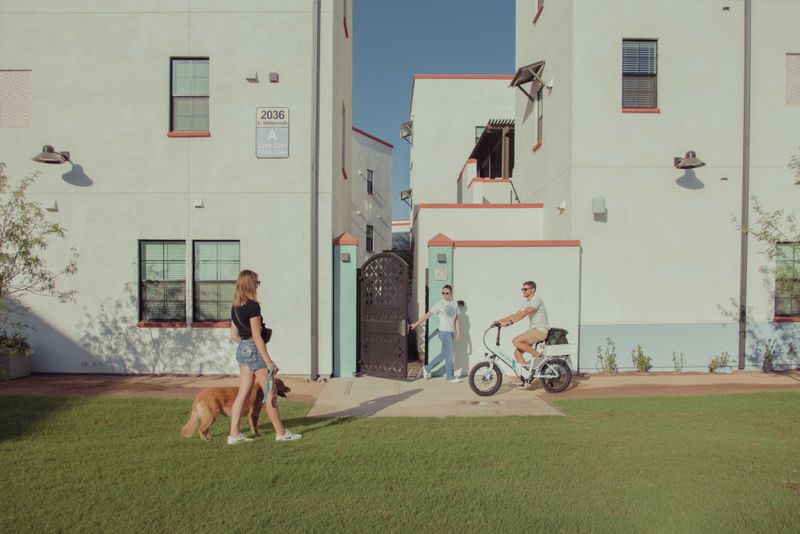
Right-sized living is replacing the bigger-is-better mentality. Families are choosing homes that fit their actual needs rather than trying to fill empty rooms they never use.
Neighborhoods with sidewalks, parks, and local shops are commanding premium prices now. People want community connections and the simple pleasure of walking to grab coffee without starting their car.
Accessory Dwelling Units (ADUs)
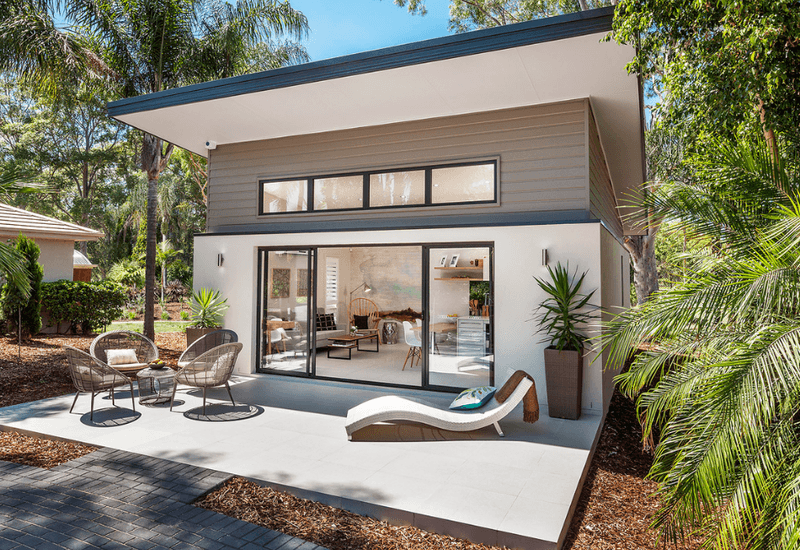
Rental income potential makes these properties incredibly attractive. Adding an ADU can help cover your mortgage while providing flexible space for family or long-term tenants.
California’s streamlined ADU approval process has made adding these units easier than ever before. Homeowners are discovering that small additions create big value, turning single properties into multi-income opportunities.
Homes with Drought-Resistant Landscaping

Water bills are motivating buyers to seek out properties that won’t drain their wallets or the aquifer. Native plant landscaping looks beautiful while requiring minimal irrigation and maintenance.
Xeriscaping has gone from alternative to aspirational as people embrace sustainability. Properties showcasing water-wise yards are standing out in listings and selling faster than their thirsty-lawn competitors.
Inland Properties Away from Climate Risks
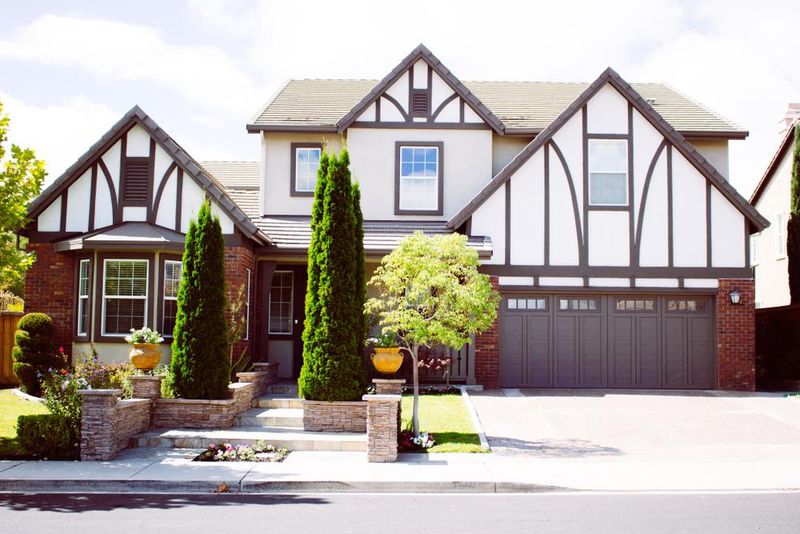
Safety is becoming the ultimate luxury in uncertain times. Buyers are willing to trade ocean views for peace of mind, choosing areas with lower insurance costs and fewer natural disaster threats.
Central Valley and inland communities are experiencing unexpected demand surges. Smart investors are recognizing that boring and safe beats exciting and risky when protecting your biggest asset.
Multi-Generational Housing
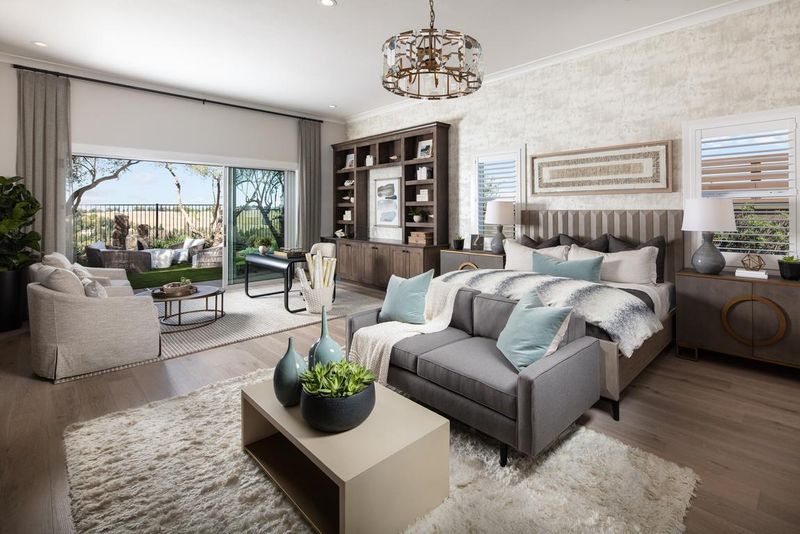
Families are choosing to live together again for financial and emotional reasons. Homes with separate living quarters let everyone maintain privacy while sharing expenses and childcare responsibilities.
These flexible floor plans accommodate aging parents and adult children simultaneously. The housing crisis is bringing generations together, and properties that support this lifestyle are becoming increasingly valuable.
Converted Live-Work Spaces

Hybrid work arrangements are here to stay, driving demand for homes with dedicated office space. Properties that blend professional and personal environments perfectly are selling at premium prices.
Converted warehouses and commercial buildings offer unique character and functionality. Buyers love the flexibility of having workspace that doesn’t sacrifice living comfort or require a separate commute.


